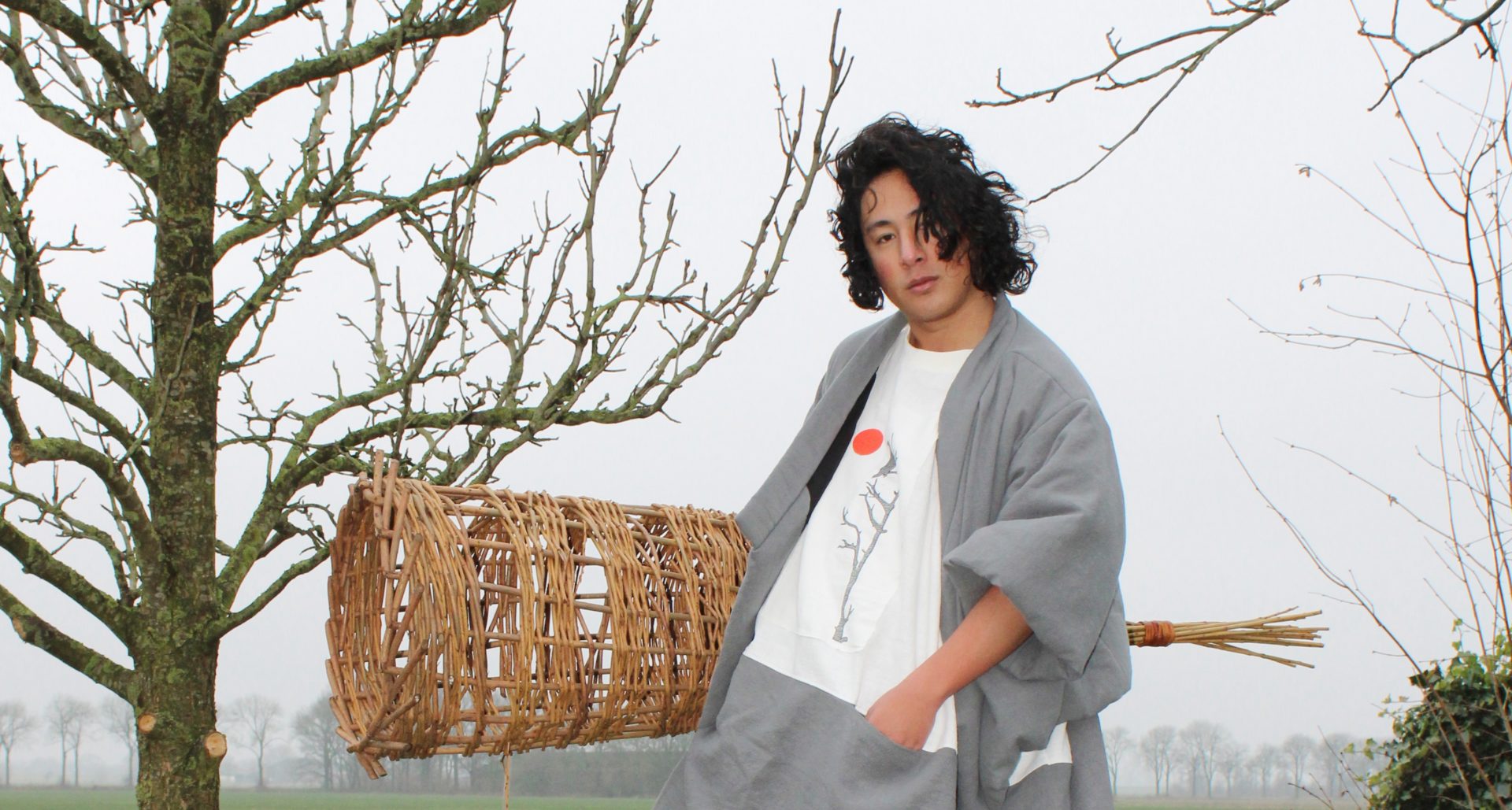El Salto (The Jump/The Waterfall)
2021 - Film & Video (Film & Video)
12:35 minutes
Juan Covelli
El Salto (The Jump/The Waterfall) by Juan Covelli depicts the Salto de Tequendama, a waterfall located on the outskirts of southwest Bogota. During the 19th and 20th centuries, the waterfall served as a national symbol that captured both the singularity of its geographical reference point, as well as the romantic experience of nature and immensity. The video installation arises from a detailed archive research into historic representations of Colombian landscape and reflection on their role in the present-day imaginary of the country and the wider world. The landscape is intervened with a green chroma key, so as to compose a meta-landscape. The screen turns into a projection surface—reminiscent of device-screens—a surface that today replaces painting and photography as a preferred site for the representation of reality. By means of neural networks, alternative landscapes are created and projected upon that surface so as to create a landscape within the landscape. In this narrative fiction, the landscape is not made from an anthropocentric view but rather from that of the machine. El Salto is the first iteration in a body of work titled Mirages , that seeks to integrate aspects of research and landscape history with audiovisual production. Engaging tools such as artificial intelligence, 3D capture, and modelling, as well as game development software such as Unreal Engine, Covelli’s goal is to make experimental video pieces that critically address the policies of technology. The use of machine vision shows how it reshapes our conception of natural surroundings and landscape, given that it approaches what the landscape supposes. Besides recognizing an iconography, it discovers ways of thinking and understanding our surroundings, framed within a specific culture and temporality. In El Salto , digital and representational technologies work in combination to narrate the waterfall’s history, and to present a new kind of view, one that allies nature and technology, attempting to subordinate the extractive human point of view.
Juan Covelli uses technology as a medium;, striving to decolonize the museum through digital practices, he releases archives from institutional control for the sake of emancipation. Covelli’s practice revolves around the technological potentials of three-dimensional scanning, modeling, and printing to readdress entrenched arguments of repatriation and colonial histories. His work investigates new materialities generated by the digital era, and focuses on the dynamics and approaches of the physical within the digital world, or the fluctuation between both. His work also explores the relationship between technology, heritage, archaeology, and digital colonialism. Using video, modelling, data sets, and coding he creates IRL and URL installation-based works which collapse historical practices with current models of display and digital aesthetics. In an on-going series of works titled Mirage, Covelli seeks to integrate aspects of research and the history of landscape, blending them with audiovisual production using some of his habitual tools (artificial intelligence, 3D capture, and modeling, as well as game development software), with the goal of making experimental video pieces that critically address the policies of technology.
Colors:
Related works sharing similar palette

© » KADIST
Shimabuku
2006For the two-channel work Asking the Repentistas – Peneira & Sonhador – to remix my octopus works Shimabuku asked two Brazilian street singers to compose a ballad about his previous works with octopi (in which he created traditional Japanese ceramic vessels to catch octopi, with a fisherman who took him on his boat to test them out as we can see on one of the channel)...

© » SOUTH CHINA MORNING POST
Opinion | How the word ‘hostage’ used to mean something quite different to its modern definition, as the Israel-Gaza war rumbles on | South China Morning Post Advertisement Advertisement Hostages who were abducted by Hamas gunmen during the October 7 attack on Israel are handed over by militants to the International Red Cross in an unknown location in the Gaza Strip on November 30, 2023...

© » KADIST
Jompet Kuswidananto
2011Third Realm (2011) grew out of the artist’s long-term research of Indonesia’s colonial history and the processes of modernization and urbanization that have taken place there...

© » HYPERALLERGIC
Two Pratt Graduate Programs Moving to Brooklyn Navy Yard Skip to content A view of Dock 72 with construction cranes in the background (photo by Rhea Nayyar/ Hyperallergic ) Two of Pratt Institute’s graduate programs are decamping from the Pfizer building in Bedford-Stuyvesant for a bayside view and expanded facilities at the Brooklyn Navy Yard later this year...

© » KADIST
Christoph Keller
2007Message to the Extraterrestrials consists of a slide projector beaming images into the side of the telescope...

© » ARTS EQUATOR
What If Your Body Turns into a Sculpture?: Interview with Sasha Waltz on "Körper" at SIFA 2019 | ArtsEquator Thinking and Talking about Arts and Culture in Southeast Asia Articles April 29, 2019 By Winnie Chen Dixon (600 words, four-minute read) Have you ever imagined dancers’ bodies turning into sculptures, as if time stood still? This is the impression of Körper (Body) , the signature dance performance of this year’s edition of the Singapore International Festival of Arts...

© » KADIST
Gilad Ratman
2014Originally a multi-channel video installation with sculptures and sound, this iteration of The Workshop by Gilad Ratman is a three-channel distillation of the expansive project that follows a group’s underground pilgrimage from Mt...

© » KADIST
Yim Sui Fong
2019In the nine-channel video installation, Against Step by Yim Sui Fong, a phantasmagorical image of a male dancer appears on a large-scale video projected on a floating retro-projection screen...

© » SLASH PARIS
Sinae Lee — Exposition personnelle — L'ahah Moret — Exposition — Slash Paris Connexion Newsletter Twitter Facebook Sinae Lee — Exposition personnelle — L'ahah Moret — Exposition — Slash Paris Français English Accueil Événements Artistes Lieux Magazine Vidéos Retour Sinae Lee — Exposition personnelle Exposition Vidéo À venir Sinae Lee, J’ai besoin de la chance, vue de l’installation vidéo à la biennale de la jeune création, Houilles © Marc Domage Sinae Lee Exposition personnelle Dans 8 mois : 2 → 23 mars 2024 L’ahah #Moret est heureuse d’inviter l’artiste Sinae Lee pour une exposition personnelle du 02 mars au 23 mars 2024...











/cdn.vox-cdn.com/uploads/chorus_asset/file/22496659/ss_856dc0a7fdf8bffb04cff24a3c9176e628879ff5.jpg)